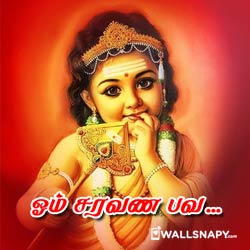

The earliest reference to Murugan in Tamil literature can be found in the Sangam classical period, where Murugan has been mentioned as the Lord of the Kurinchi landscape (mountains and mountainous regions). Wherever there is a significant presence of Tamil community-be it in Sri Lanka, Malaysia, Mauritius, Singapore, South Africa, Canada, Réunion, Indonesia, Thailand, Myanmar, Trinidad and Tobago, Guyana, Suriname, Jamaica or Europe-Thai Pusam brings the Tamils together, creates conventions and commits it to cultural memory. The festival draws its name from the month of ‘Thai’ (mid-January to mid-February) in the Tamil calendar and the star ‘Pusam’ on a full moon day, which marks one of the six birthdays of the six-faced Lord Murugan (Skanda-Karthikeya in Sanskrit). The frenzy and fervour of the Thai Pusam festival (also spelt as Thaipusam, Thaipoosam and தைப்பூசம் in Tamil), wherever the Tamils celebrate it, are unmistakable. (Arunagirinathar, Thiruppukal, translation S.

We explore the literary, scriptural, spiritual and anthropological connection between Murugan, the primary deity of the Tamil festival of Thai Pusam, and Tamil identity-especially in India and South East Asia (Photo Source: William Cho/Wikimedia Commons)


 0 kommentar(er)
0 kommentar(er)
